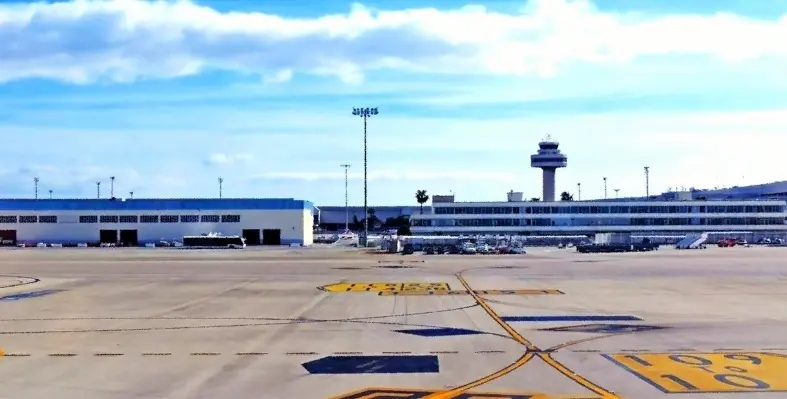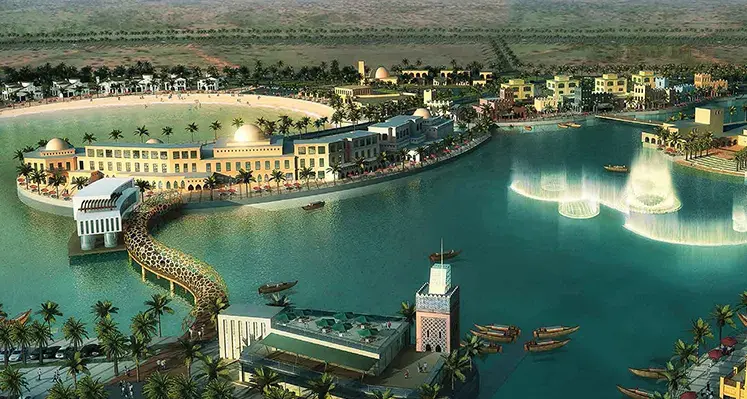As part of its ongoing commitment to the digitalisation of construction processes, ACCIONA has developed a new digital platform designed to enhance the monitoring of concrete quality and maturity across its projects.
Known as DIGICONCRETE, the platform is intended to improve efficiency, accuracy and transparency in the quality control and traceability of structural concrete elements on site.
DIGICONCRETE enables real-time monitoring of concrete placement and performance by providing remote access to key data on strength development and curing progress.
This allows project teams to oversee critical stages of construction without relying solely on manual inspections or paper-based records. By consolidating information within a single digital environment, the platform supports more informed decision-making and improves coordination between site teams and technical offices.
Through the use of interactive dashboards, DIGICONCRETE streamlines quality control and traceability processes by digitising data acquisition and facilitating verification of compliance with applicable regulations, including updated structural codes.
Key features
The system keeps construction teams continuously informed about the maturity level of each concrete pour, helping to optimise formwork removal and stripping times. As a result, construction sequences can be better coordinated, reducing delays and improving overall site productivity.
The platform incorporates advanced data capture technologies, including optical character recognition (OCR) to digitise documentation, alongside wireless devices equipped with high-precision temperature sensors.
These sensors play a critical role in accurately tracking concrete curing conditions, particularly during the early stages of strength development. DIGICONCRETE is accessible via mobile devices, tablets and computers, ensuring seamless collaboration and information sharing across multiple stakeholders regardless of location.
DIGICONCRETE is particularly well suited to projects in the Middle East, where extreme temperatures and challenging environmental conditions can significantly affect concrete behaviour. In hot climates, accelerated setting times increase the risk of quality issues if curing is not carefully controlled. The platform supports more precise monitoring under such conditions, helping teams mitigate risks, maintain quality standards and optimise construction schedules. Its remote monitoring capabilities are especially valuable for large-scale infrastructure and building projects common across the region.
ACCIONA has already deployed DIGICONCRETE on several projects in Spain, including the new Tax Agency headquarters in Valencia, the Palma de Mallorca Airport terminal remodelling project, and a road construction scheme in Zaragoza. Following these implementations, the company is positioning the platform for broader international rollout, including future projects in the Middle East, as part of its wider strategy to integrate digital solutions into construction delivery.









